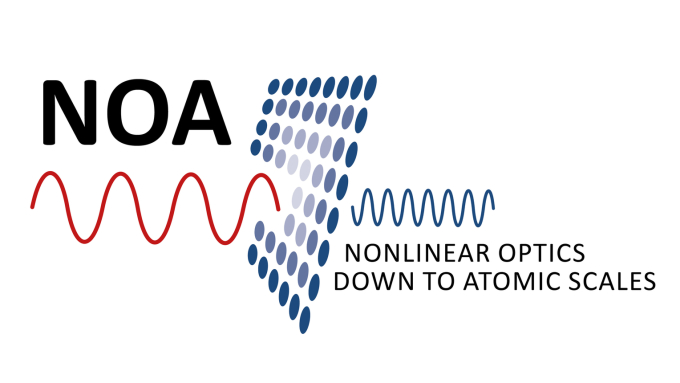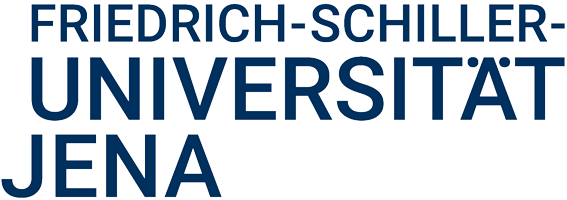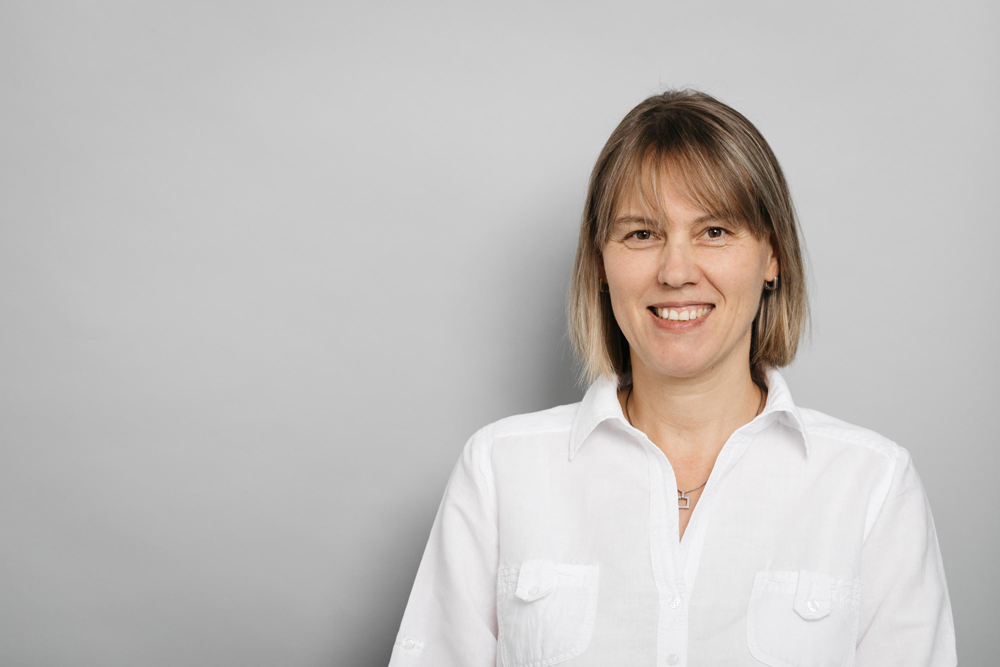- Home
- Research
- Spectroscopy and Imaging
- Projects
- NOA-C1
NOA-C1

Hot-spot-assisted coherent nonlinear Raman spectroscopy towards single-molecule resolution and time-resolution
Runtime: 01.07.2023 - 30.06.2027
The project aims to combine two Raman enhancement effects, namely plasmonic hotspots and nonlinear coherent excitation of Raman vibrations to study the dynamics of local chemical reactions triggered by plasmonic hotspot-induced local stimuli (heat, electrons, or high field) at the nanoscale and single-molecule level. The 1st funding period focused on optimizing the plasmonic nanostructures and establishing the optical/spectroscopic setup necessary for single-molecule surface-enhanced anti-Stokes Raman scattering (SECARS). In particular, the following key issues have been addressed: (I) the design and optimization of multi-resonance and broadband plasmonic nanostructures for SECARS and broadband CARS (B-CARS), (II) nanofabrication of high-definition nanostructures with sub-5 nm gaps at high yield and reproducibility, and (III) optical setup for time-resolved broadband SECARS (TR-B-SECARS) to remove two major noises in SECARS, namely the non-resonant four-wave mixing (FWM) background and two-photon photoluminescence (TPPL) from gold. B-CARS also allows for spectroscopically monitoring the progress of chemical reactions. These efforts removed the major hurdles towards single-molecule SECARS and laid the foundation for the 2nd funding period, which will focus on studying hotspot-induced chemical reactions at ultimate sensitivity (single-molecule level) and temporal resolution (single-pulse spectroscopy). The following two topics will take the central stage in the 2nd funding period:
Topic 1: Single-molecule single-pulse time-resolved vibrational spectroscopy: We will continue working on the realization of single-molecule SECARS and based on that aim at the first-time realization of time-resolved single-molecule single-pulse broadband SECARS providing the ultimate sensitivity (single molecule) with the highest possible temporal resolution.
Topic 2: Investigation of the dynamics of hotspot-induced local chemical reactions by time-resolved SECARS and B-CARS: Utilization of single-molecule time-resolved broadband SECARS to study chemical reactions triggered by stimuli generated at the plasmonic hotspots, such as hot electrons, local heat, and localized high optical fields.
This project is funded by the German Research Foundation (DFB).
Partners


